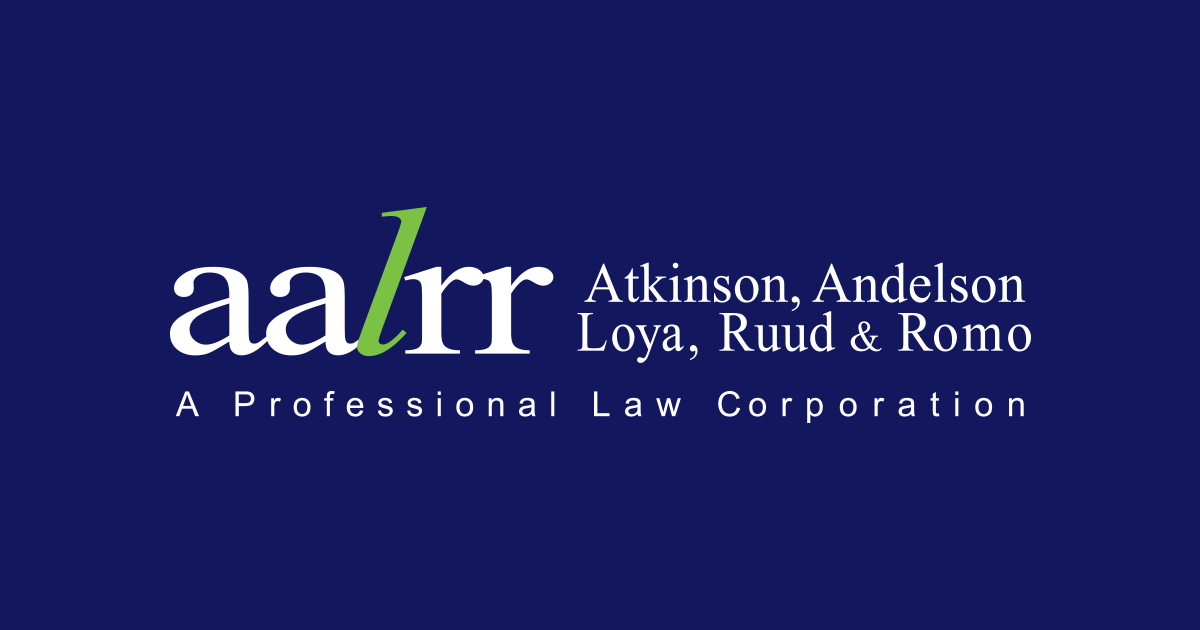In a sweeping move to simplify access to higher education and boost enrollment at under-capacity campuses, Governor Gavin Newsom signed Senate Bill (SB) 640. SB 640 establishes the CSU Direct Admission Program, an initiative that will send automatic admission letters to eligible California high school seniors, bypassing the traditional application process. Set to take effect in the 2026–2027 academic year, the new law reimagines the path from high school to college and reduces procedural barriers for qualified students while helping address declining enrollment at California State University (CSU) campuses. Education stakeholders, including local educational agencies (LEAs), community colleges, and CSU campuses, can take early action to ensure readiness for this significant change.
Automatic Eligibility Determinations:
Under SB 640, pupils graduating from a participating LEA will automatically be deemed applicants to the CSU system. Eligible students will receive direct admission letters from designated CSU campuses with enrollment capacity. Eligibility will be determined using academic data, specifically, A–G course completion and CSU GPA requirements already accessible through the CaliforniaColleges.edu platform. The California College Guidance Initiative (CCGI) will transmit official admission notices on behalf of the CSU Chancellor’s Office. Students must still complete enrollment steps to secure a spot, but they will not need to submit a formal application.
Applicability to Private and Independent Schools:
Notably, SB 640 is limited to LEAs that participate in transcript-informed data sharing through CaliforniaColleges.edu. According to newly introduced Education Code section 66209(b)(3), an LEA is defined as a “school district, county office of education, or charter school.” Because private schools do not fall under this definition—and do not receive public funding or administer state education programs in the same manner—they are not included in the scope of the legislation. This raises important questions for private high schools and their students, who may be excluded from the program unless further legislative or regulatory action is taken to address their participation.
If private schools wish to participate, they may need to pursue opt-in pathways through future agreements with CCGI or the state.
Dual Admissions:
In addition to the direct admission pathway, SB 640 extends the CSU Dual Admissions Program through the 2035–2036 academic year. Under this program, eligible students may secure priority CSU transfer admission upon completion of an Associate Degree for Transfer (ADT) or its equivalent within three years at a California community college, expanded from the previous two-year window. This change gives students more time to complete their degrees and enter the CSU system but also requires clear coordination between community colleges and CSU campuses to ensure students understand and can access this pathway.
However, while SB 640 aims to streamline eligibility and improve access through dual admission, it does not provide an unconditional guarantee that students will be placed at their preferred CSU campus. Under Education Code section 66744.1(c)(1)(B), students may select a specific CSU campus if they enter into a dual admissions agreement. However, if that campus or major is impacted or oversubscribed, the agreement may include supplementary criteria (such as a higher GPA) that the student must meet to secure admission to their selected campus.
In practice, this means that while the statute acknowledges student preference, it does not guarantee it. Final placements depend on campus capacity and the student’s ability to meet any additional requirements. The law does not provide a formal process for appealing campus assignments, although students may decline an offer if they choose.
Key Questions Remain—Is Your Institution Ready?
While the framework of SB 640 is clear, the law raises important compliance and legal considerations. For LEAs, mandatory participation may trigger questions around state education mandates and reimbursement obligations under the California Constitution. Additionally, automated eligibility based on transcript data heightens the need for FERPA compliance and clear data governance practices. From private school participation to campus matching and data privacy compliance, your institution may face new legal and strategic challenges.
AALRR is closely tracking developments and remains ready to support stakeholders with implementation planning, compliance review, regulatory interpretation, and student communication strategies. If your organization has questions about how SB 640 will apply—or how to position your students for full access under this new law— please contact the authors of this Alert or your regular AALRR counsel.
This AALRR publication is intended for informational purposes only and should not be relied upon in reaching a conclusion in a particular area of law. Applicability of the legal principles discussed may differ substantially in individual situations. Receipt of this or any other AALRR publication does not create an attorney-client relationship. The Firm is not responsible for inadvertent errors that may occur in the publishing process.
© 2025 Atkinson, Andelson, Loya, Ruud & Romo

